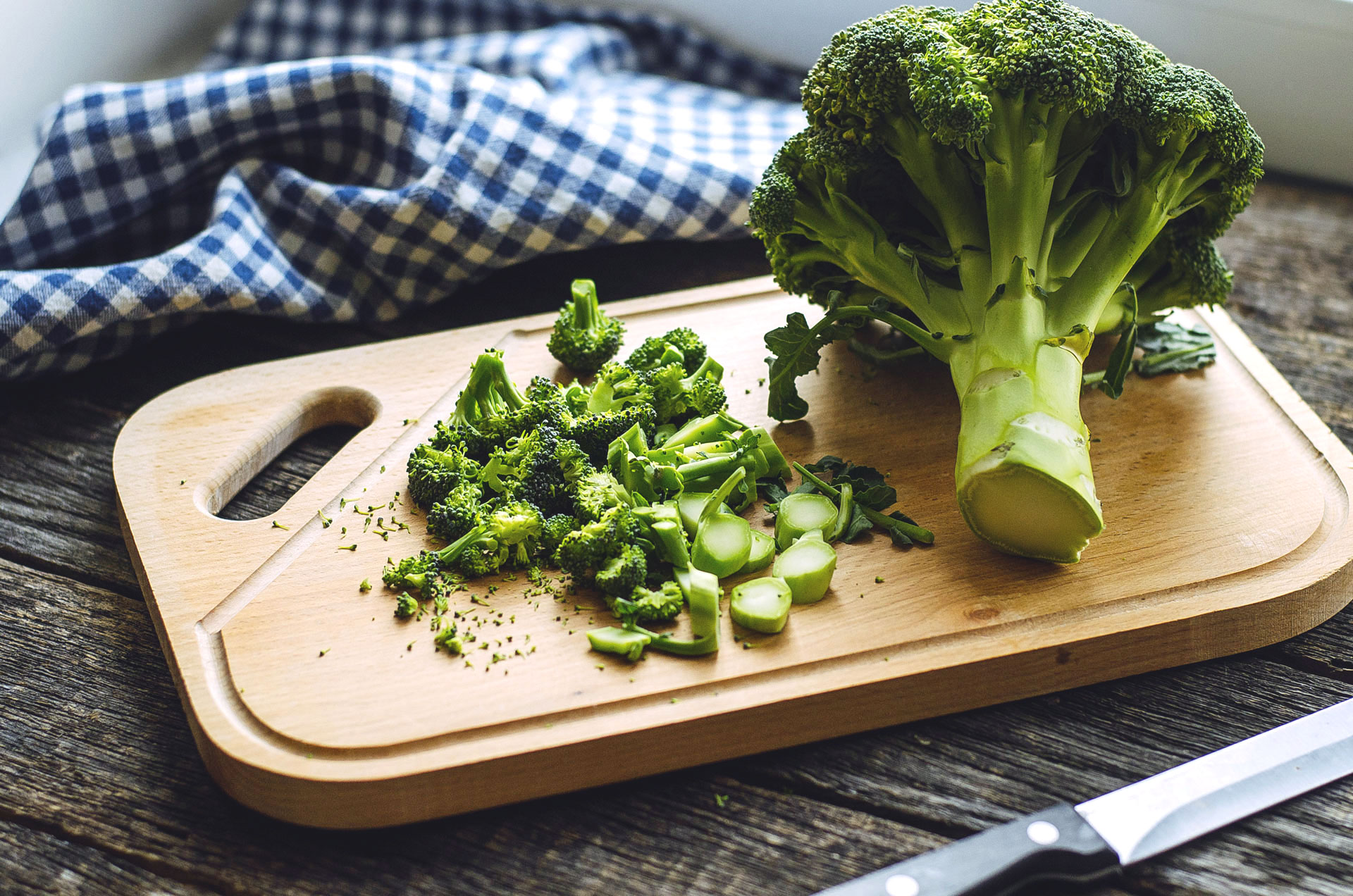Real Food Encyclopedia | Cauliflower
We could eat a big bowl of crispy, buttery cauliflower and be quite content with life. But, valuing the nutrition that comes with a rainbow selection of vegetables on the dinner plate, eating something conspicuously devoid of color seems downright naughty. Could it be that cauliflower is the Wonder Bread of the vegetable world? Or is it stealthily packed with nutrients and enough Vitamin C to rival an orange? Surprisingly, the latter is true. Not bad for something writer Mark Twain once described as “cabbage with a college education.”
Fun Facts about Cauliflower:
- Cauliflower is technically an edible flower. However, the flowers are not allowed to develop and instead form tight clusters.
- A head of cauliflower is also known as the curd.
- When cauliflower is growing, it looks more like its collard greens cousin until it begins to grow its characteristic head.
- Cauliflower is a cruciferous vegetable — the botanical family so named because their four-petaled flowers resemble a cross.
What to Look for When Buying Cauliflower
As cauliflower bruises easily, you should look for an even color and a tightly packed head. Apart from its standard white, cauliflower also comes in purple, orange and green varieties.
Sustainability of Cauliflower
Industrially grown vegetables including some cauliflower, expose consumers to pesticides and highlights the overuse of chemical fertilizers. An alternative is to seek out organically grown cauliflower, especially the kind sold at farmers’ markets.
Cauliflower Seasonality
Typically planted in the spring and into the summer, cauliflower is in season from late summer into fall. It can be overwintered, which is to say cultivated during the winter months, provided it is protected from freezing.
Cauliflower and Geography
California leads the United States in cauliflower production (and most other varieties of produce), since its warm climate allows for year-round cultivation. Globally, China and India also produce a large amount of the crop.
Turns out cauliflower isn’t the easiest vegetable to grow. It has a fussy nature that requires cool temperatures with little fluctuation. Coaxing a perfectly grown head is a bit of an art that needs many variables to harmoniously align. Any changes in temperature could prevent the head from setting, or make it bitter and inedible. Instead, cauliflower must be protected against frost or heat and its broad leaves pinned over its newly formed head. This process of blanching the curd, or keeping the sunlight out, gives white cauliflower its characteristic color and tender flavor.
Eating Cauliflower
Storing Cauliflower
Cauliflower will keep for a few weeks if kept dry and covered in the refrigerator. If uncovered, cauliflower will start to wilt after a few days.
Cooking with Cauliflower
Roasting, boiling and braising are some of the simple ways that cauliflower can be prepared. To cook, use a paring knife to remove the florets from the stalk, which can then be blanched in a pot of boiling water. After a couple of minutes in the boiling water, remove from heat, drain the water and transfer to a bowl large enough to toss florets with sea salt and olive oil. Transfer to baking dish and roast at 425 F for about ten minutes until golden brown. If you’re not afraid of leaving in the oven a little longer, a little bit of char gives cauliflower a wonderfully nutty flavor.
Pro tip: If you are concerned about critters such as worms and insects hanging out in your organic cauliflower, soak the head in salt water for 30 minutes before cooking. This will remove and kill any unintended protein sources. After soaking, rinse with the head with cool water.
Preserving Cauliflower
Cauliflower pickles beautifully, as in this recipe for pickled cauliflower, peppers and carrots or this one for lemony pickled cauliflower. Or try your hand at lacto-fermenting the vegetable. Cauliflower also freezes well, if you break the head into individual florets.
Cauliflower Nutrition
Cauliflower is packed with Vitamin C, as one cup of raw cauliflower provides 85 percent of your daily recommended value. It is also high in folates, Vitamin K, and Vitamin B-6.


